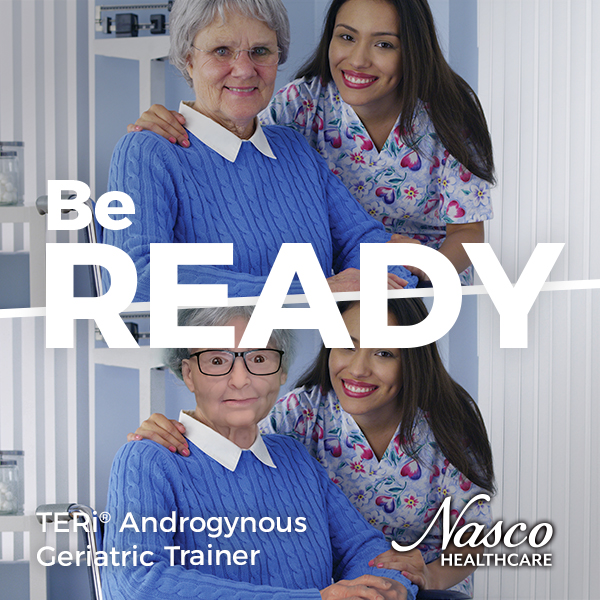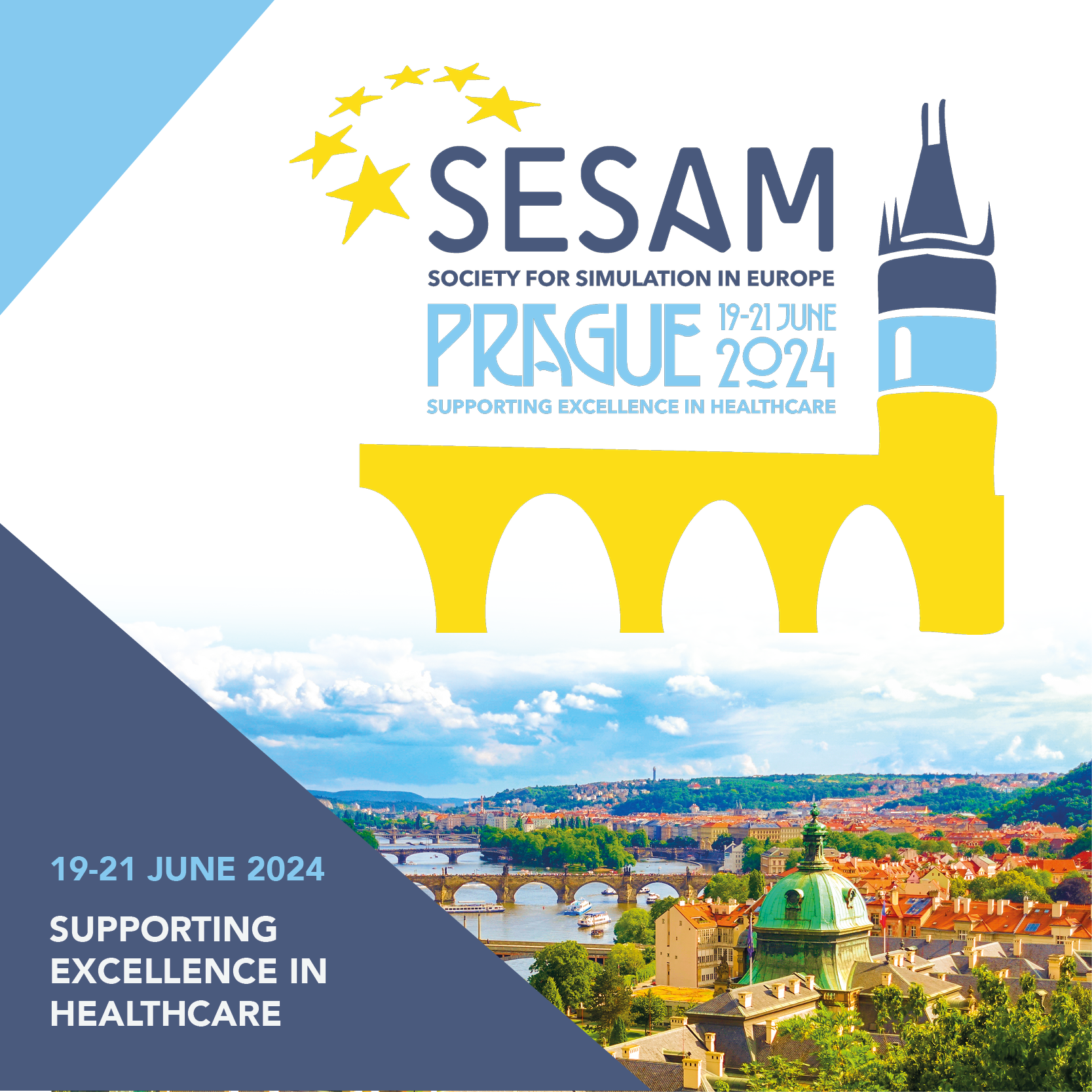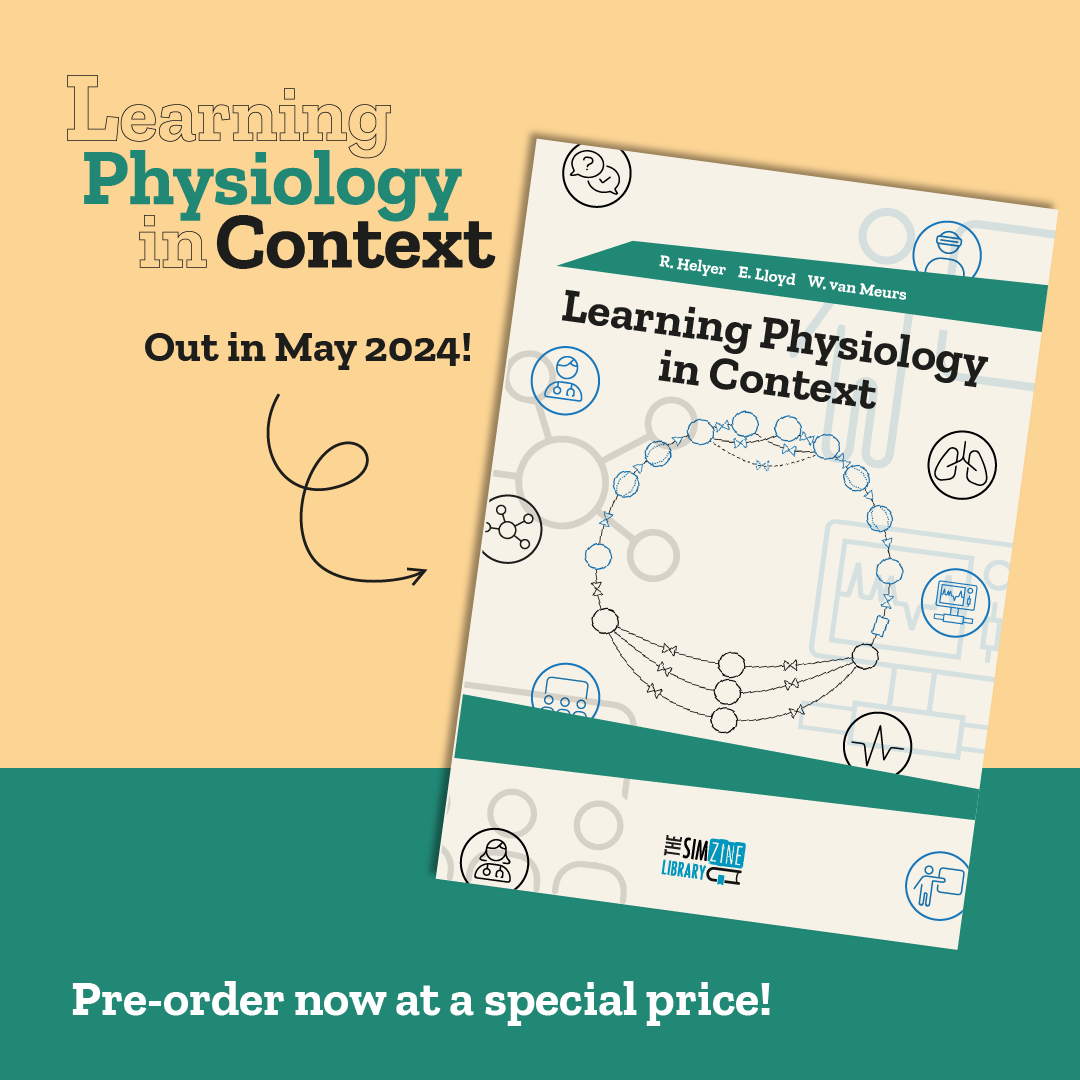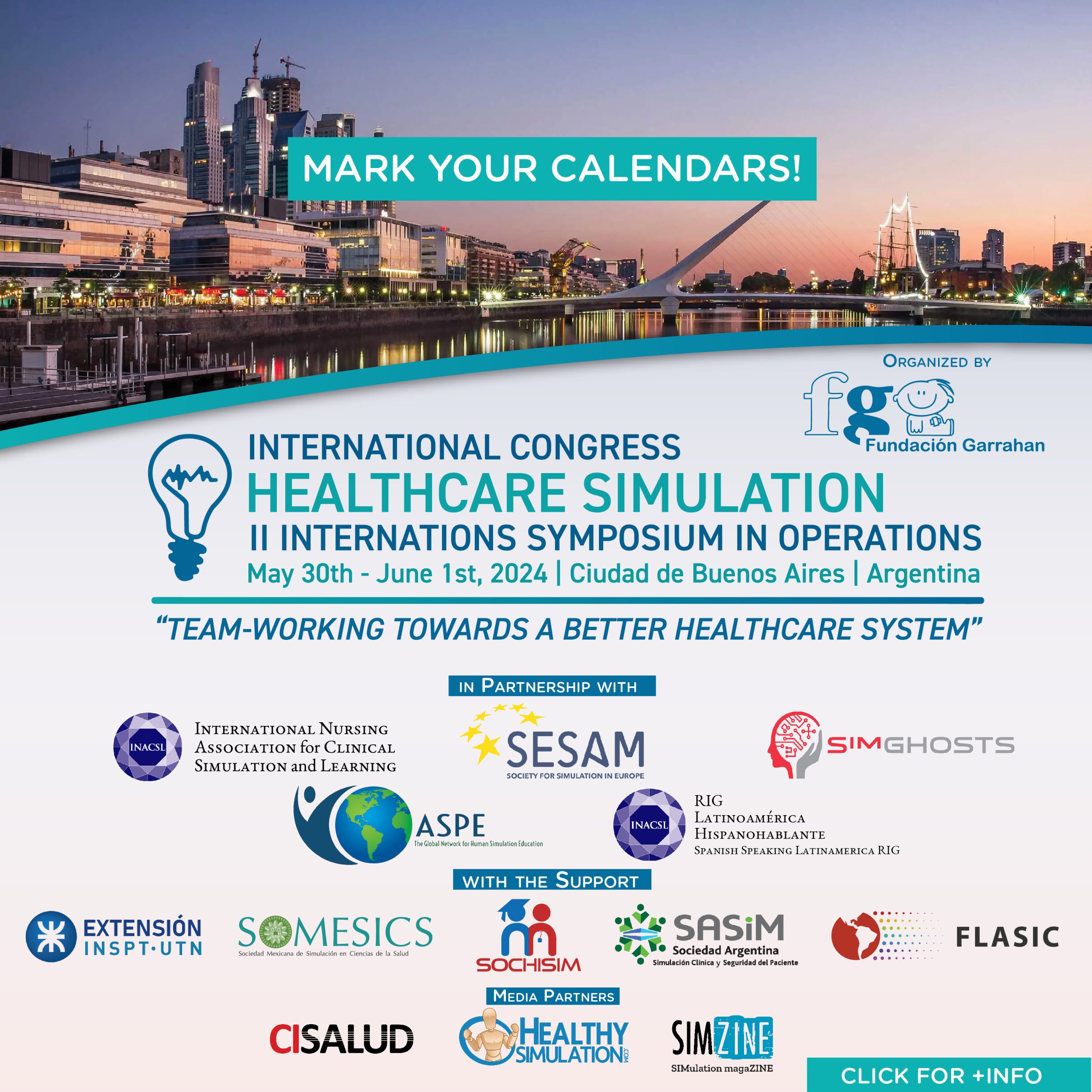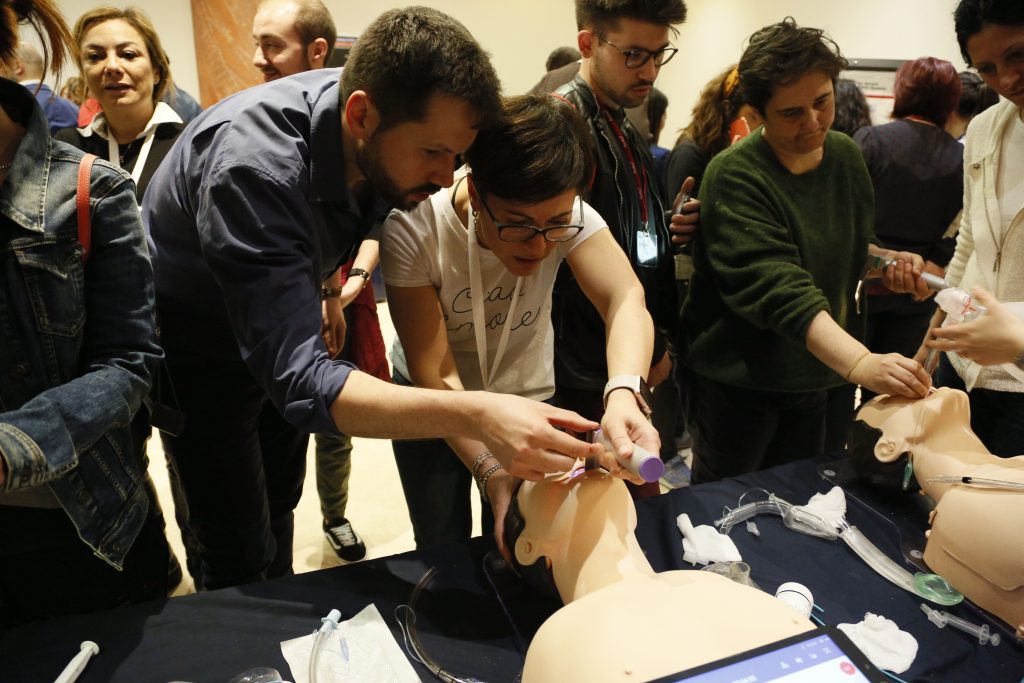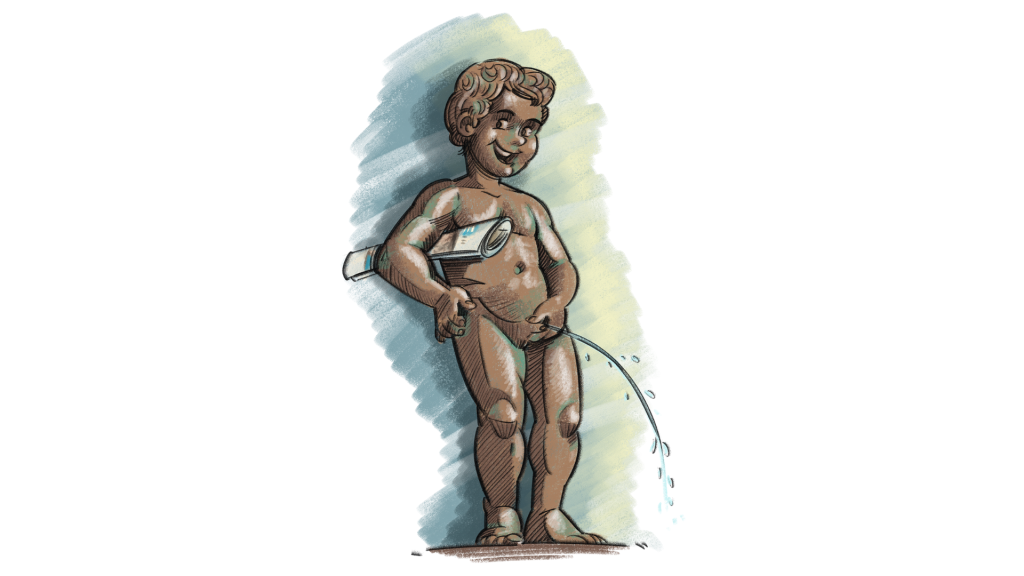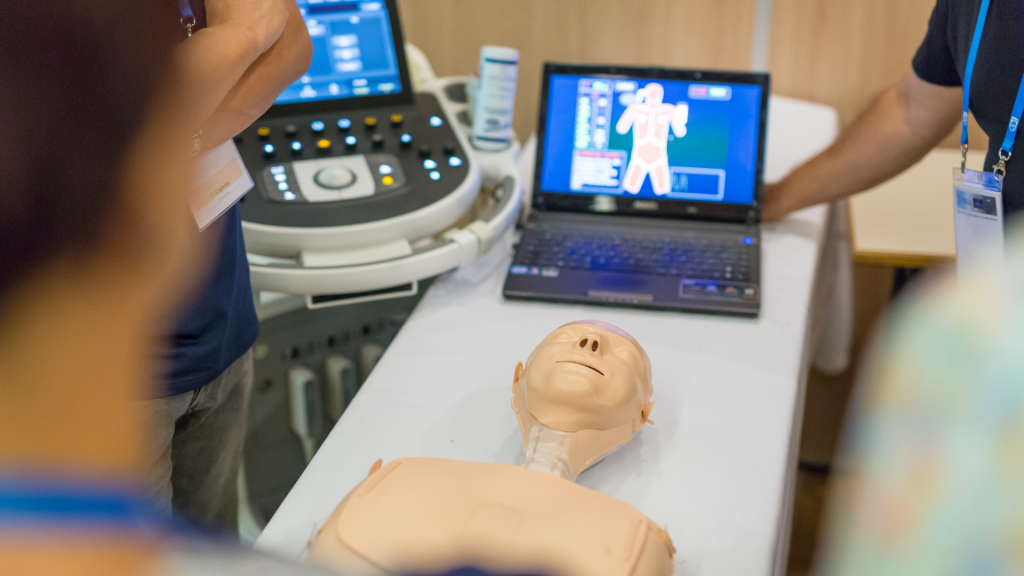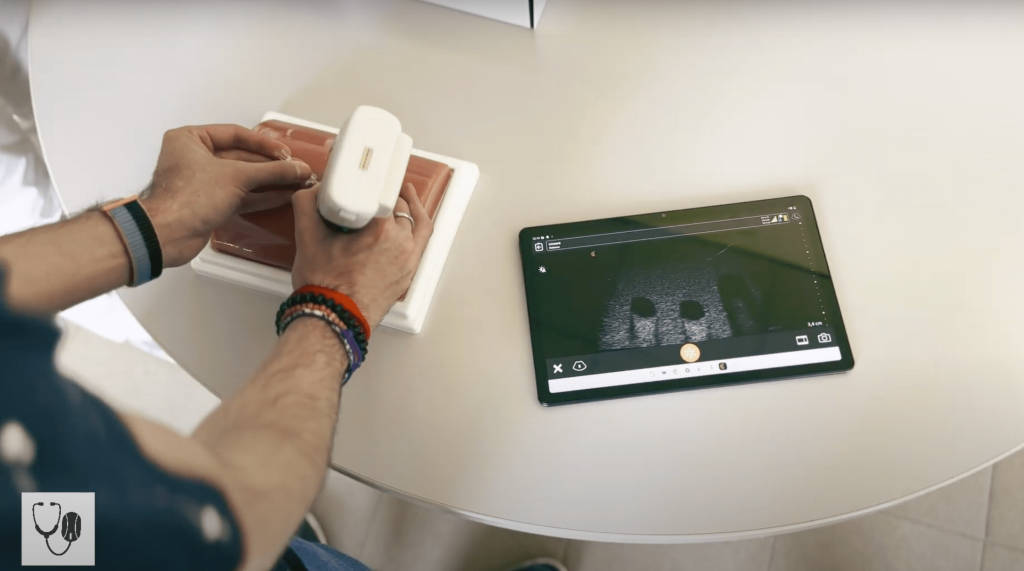The Comprehensive Textbook of Healthcare Simulation

Adam I. Levine, Samuel DeMaria, Andrew D. Schwartz, Alan J. Sim
Springer New York, NY, 2013
978-1-4614-5992-7
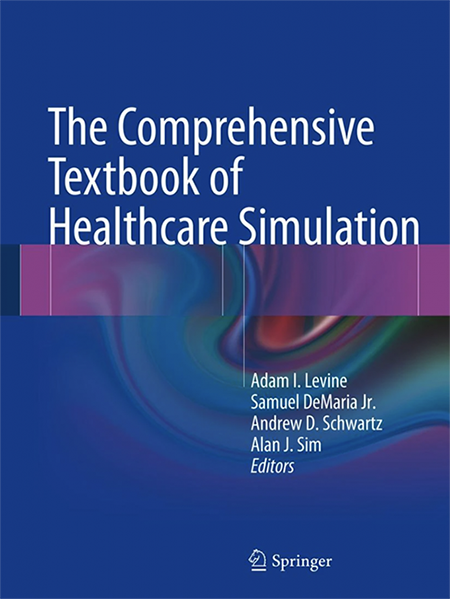
The bible of simulation in medicine, the book that everyone should read at least once in their life, despite its not exactly pocket size.
I’m pretty sure readers will identify themselves in one of the following categories. Someone will think: “Oh well, you’ve reinvented the wheel, this book is very famous”. Someone else will turn towards the bookshelf, will scroll through the manuals on display, will see it, and will think that they have always wanted to read it. And there will be those, on the other hand, who have never heard of it, and maybe were just looking for a reference text.
Although this handbook is about ten years old, and considering that the last decade has been characterized by exponential growth in all fields of simulation (number of centres, scientific publications, technological innovations), it is still an excellent basis for knowing all aspects related to the world of simulation.
The book is divided into five parts:
Introduction to simulation
An excursus is made on the history of simulation, hints at the main learning theories can be found and the topics of debriefing, Crisis Resource Management, patient safety, use of simulation to optimize processes, learner’s evaluation methods and tools are analyzed.
Simulation methods and technologies
The theme of standardized patients is addressed, starting from their recruitment, training and evaluation. We then move on to the manikins, mainly high fidelity, and their management software. One part is dedicated to computer and web-based simulators. However, it is inevitably outdated and requires updating, considering the technological progress of the last decade. The final part talks about surgical simulators, with or without haptics, and virtual environments and serious games at different levels of immersion.
Simulation for healthcare disciplines
It is divided by specialty and contains 24 chapters. In each of these, the main simulation techniques and technologies, the manual skills and transversal components required, and suggestions for effective simulations and evaluations are illustrated.
Professional development
We talk about educators, continuous training, and accreditation.
Development of simulation programs
All the aspects related to the creation and organization of a program and/or a simulation center are illustrated, including the managerial and economic aspects which are the basis of a lasting programme.
This text, which boasts contributions from the major players in world simulation, fully respects the multidisciplinary nature of simulation and is therefore an interesting manual for educators, technicians and directors of simulation centers or programs.
For this reason, I decided to use it as a reference text within the forthcoming medical simulation course for biomedical engineering students at the University of Genoa.
But I will tell you about this in the next issues.
READ ALSO




